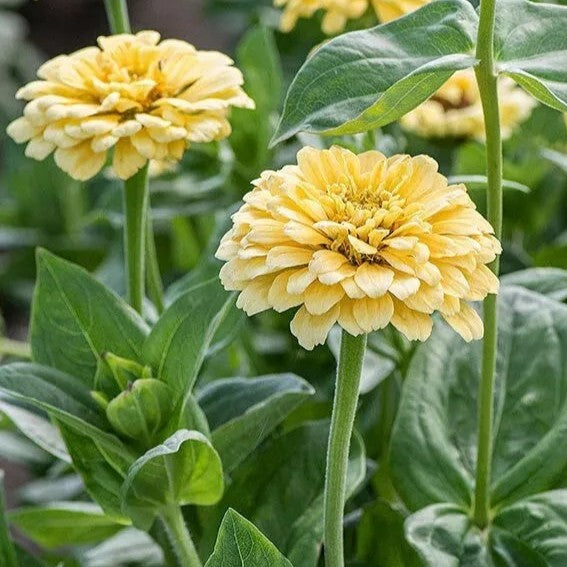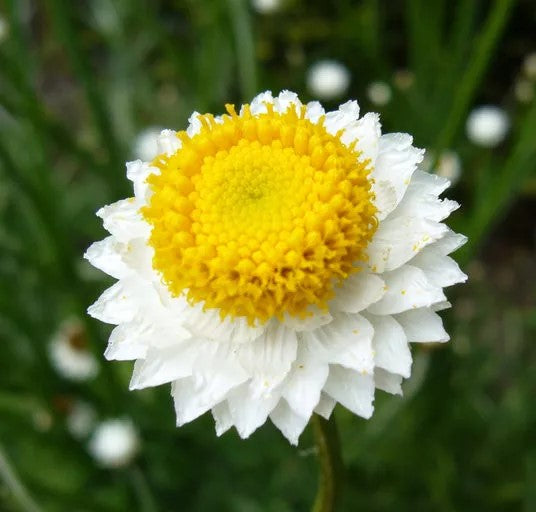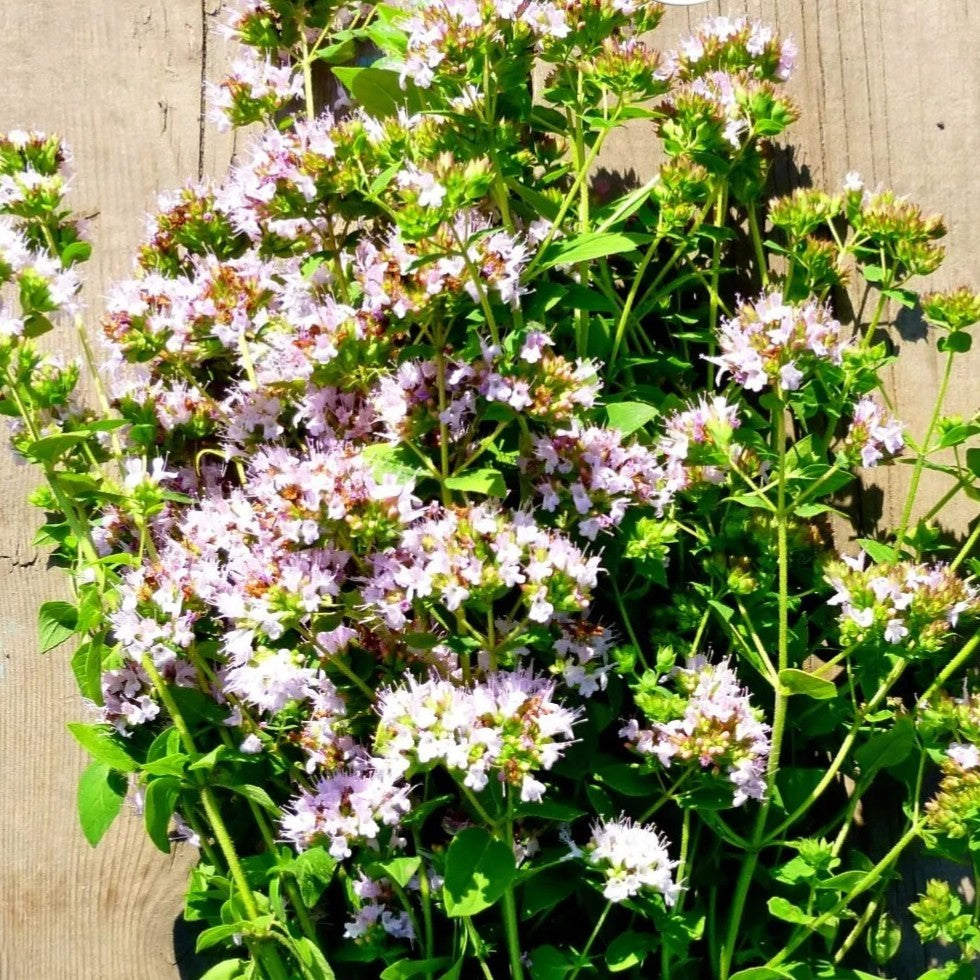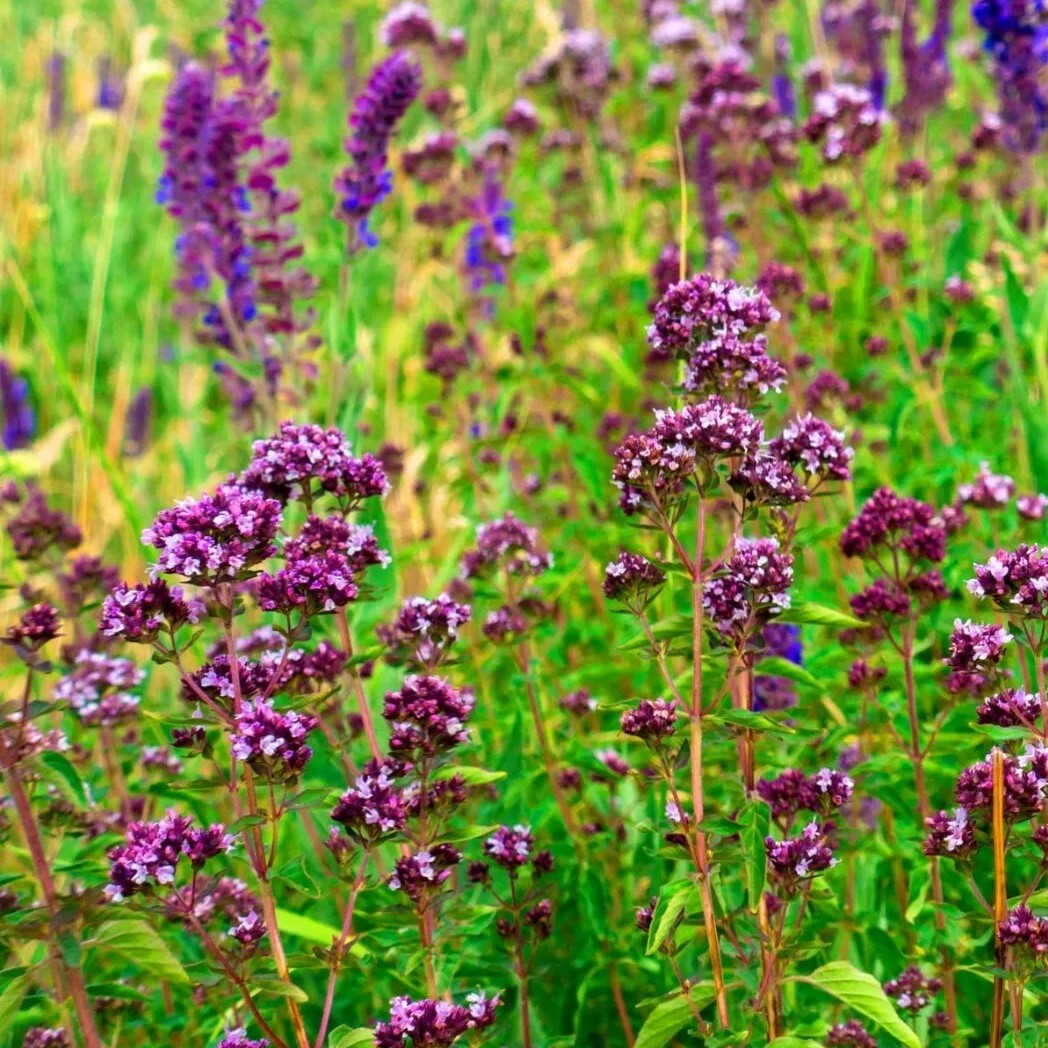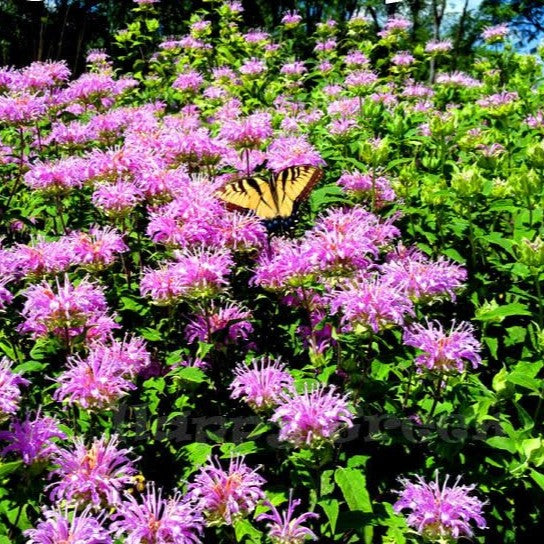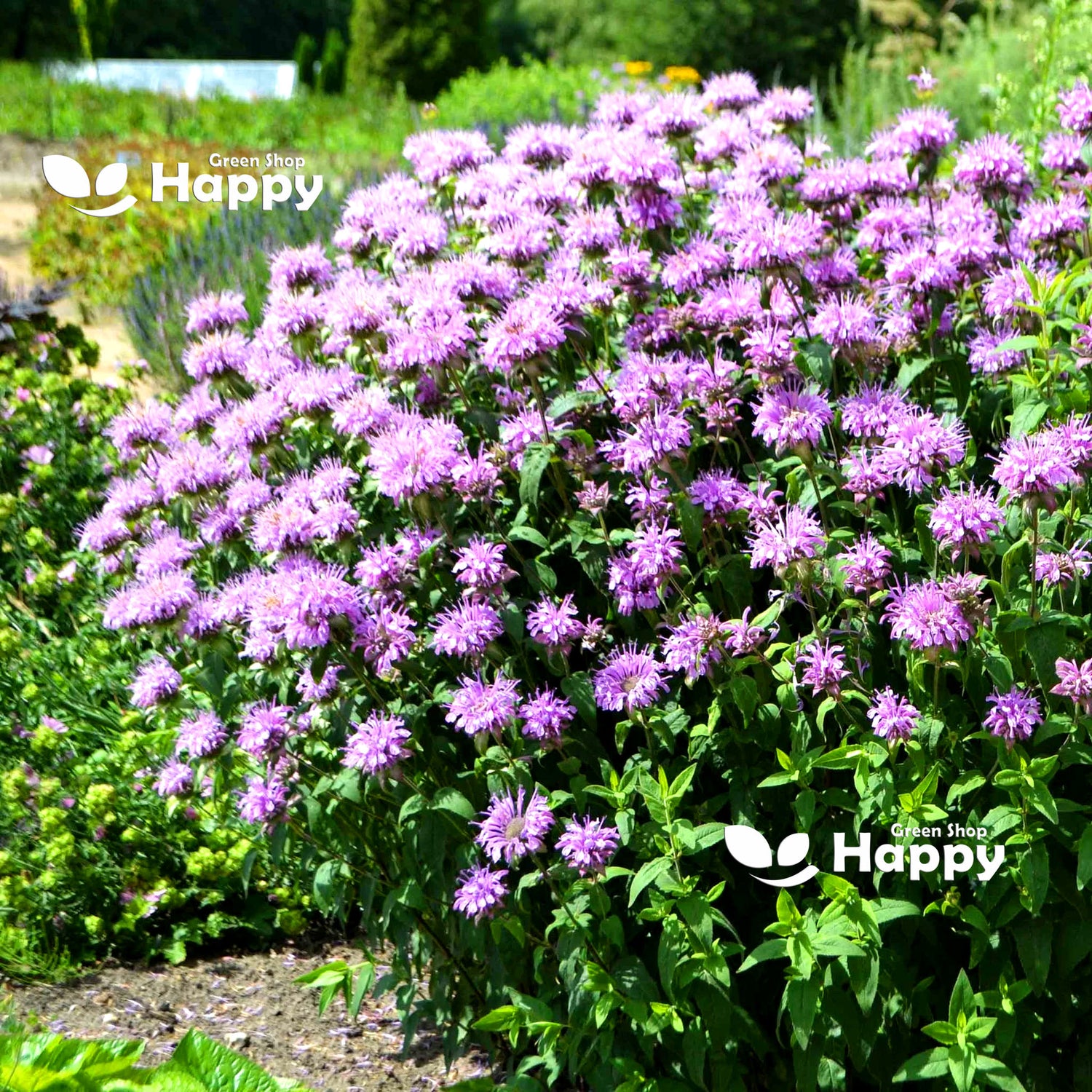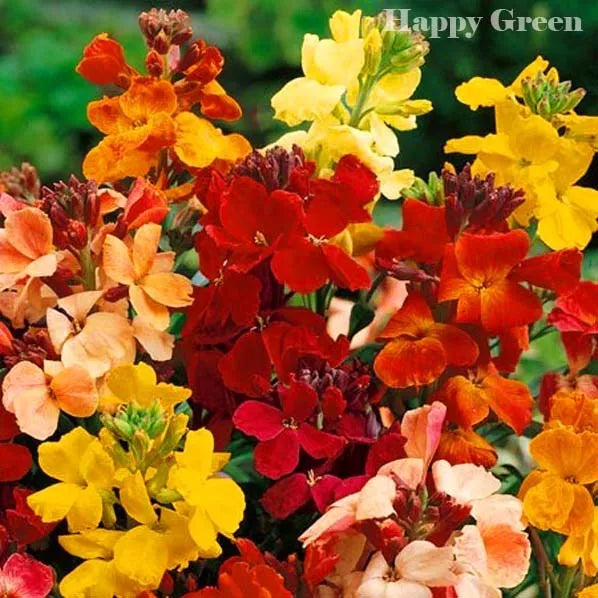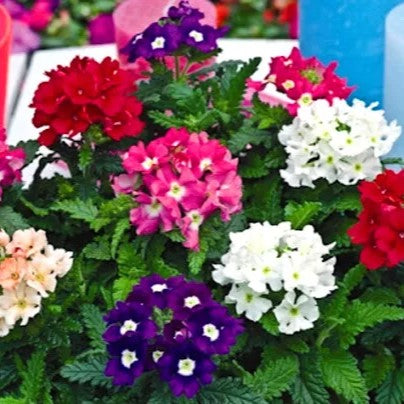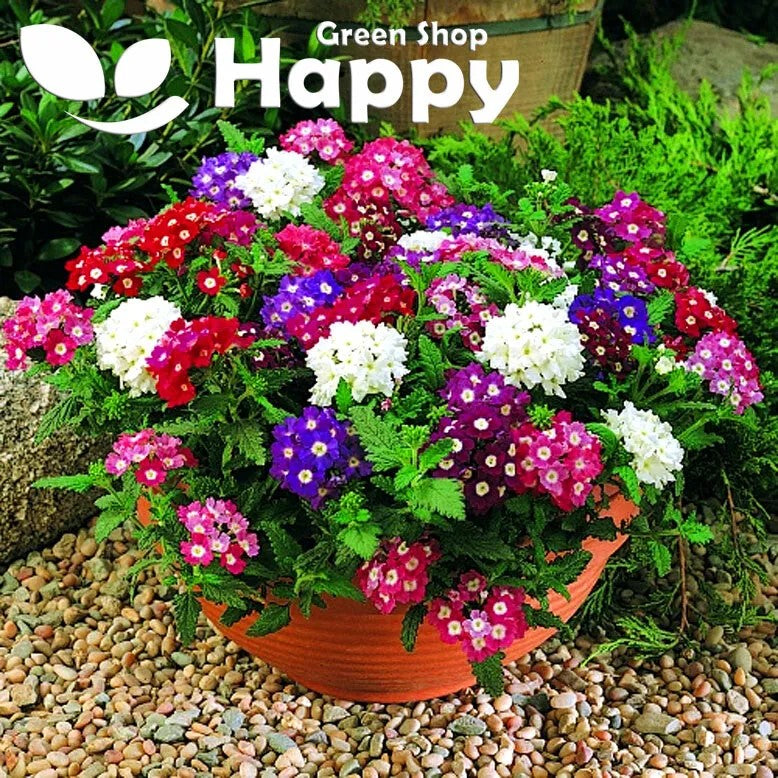Sort by:
326 products
326 products
Winged Everlasting Flower Seeds (Ammobium alatum)
The Winged Everlasting Flower is a charming and unusual annual valued for its tiny, papery white flowers with golden-yellow centers that resemble miniature daisies. Its distinctive winged stems give it an architectural quality, making it a striking garden plant as well as a top choice for dried flower arrangements. Long-flowering and low-maintenance, it’s perfect for cutting gardens, borders, and cottage-style plantings.
What Makes It Special
-
Produces masses of long-lasting papery blooms
-
Unusual winged stems add ornamental interest
-
Excellent for fresh or dried cut flowers
-
Hardy, easy to grow, and tolerant of poor soils
Key Features
-
Botanical name: Ammobium alatum
-
Common name: Winged Everlasting Flower
-
Seed count: Approx. seeds per pack
-
Height/Spread: 50–70 cm tall, 20–30 cm wide
-
Position: Full sun; well-drained soil
-
Flowering period: June–September
Ideal For
-
Cut flower gardens (fresh and dried use)
-
Borders and cottage gardens
-
Low-maintenance summer displays
-
Wildlife-friendly gardens (attracts pollinators)
Sowing Instructions
-
When to sow: March–May indoors or directly outdoors after frost
-
How to sow:
-
Sow thinly in trays or directly in soil
-
Cover seeds lightly with fine soil or vermiculite
-
Germination: 14–21 days at 18–22°C
-
-
Transplanting: Harden off and plant 25–30 cm apart when seedlings are strong enough
-
Care: Deadhead regularly to prolong blooms; cut for drying just before flowers are fully open
Wild Marjoram – Oregano – Seeds (Origanum vulgare)
Wild Marjoram (Oregano) is a hardy perennial herb cherished for its fragrant leaves and delicate pink-purple flowers. A staple of Mediterranean cooking, oregano adds a rich, earthy flavor to pizzas, pasta, sauces, and roasted vegetables. Beyond the kitchen, its nectar-rich flowers are a magnet for bees and butterflies, making it a wonderful addition to herb gardens, borders, and pollinator-friendly spaces.
How to Grow
-
Sow indoors: March – May in seed trays or pots.
-
Transplant outdoors: After the last frost in a sunny, well-drained spot.
-
Spacing: 25–30 cm apart.
-
Oregano prefers light, well-drained soil and thrives in warm, sunny conditions.
Key Features
-
Aromatic herb essential for Mediterranean cuisine
-
Hardy perennial, easy to grow
-
Attracts bees and butterflies with summer blooms
-
Suitable for pots, containers, or borders
-
Drought-tolerant once established
Ideal For
-
Culinary herb gardens
-
Fresh or dried use in cooking
-
Pollinator-friendly borders
-
Container growing on patios or balconies
Sowing & Harvest
-
Sow: March – May
-
Harvest: June – October (leaves can be harvested fresh or dried)
Quick Tip
For the most intense flavor, harvest oregano leaves just before flowering, and dry them in a cool, airy place.
Wild Poppy Red – 20,000 Seeds (Papaver rhoeas)
Wild Poppy Red (Papaver rhoeas) is a classic annual producing vibrant scarlet-red blooms that create striking, naturalized displays. Perfect for meadows, borders, and large-scale plantings, it brings a splash of color to gardens from late spring to summer. Fast-growing, low-maintenance, and pollinator-friendly, it’s ideal for creating bold, natural landscapes.
Why Grow "Wild Poppy Red"
-
Bright, vibrant scarlet-red blooms
-
Fast-growing and easy to cultivate
-
Ideal for large-scale, naturalized plantings
-
Attracts bees and other pollinators
Key Features
-
Type: Annual (Papaver rhoeas)
-
Height: 60–90 cm
-
Flowering: May–July
-
Position: Full sun
-
Uses: Meadows, borders, large-scale plantings, pollinator-friendly gardens
Ideal For
-
Wildflower meadows and naturalized gardens
-
Bold borders and field displays
-
Pollinator-friendly landscapes
-
Low-maintenance, high-impact plantings
Sowing & Growing
-
Sow outdoors: March–May directly in prepared soil
-
Germination: 10–20 days at 15–20°C
-
Thin seedlings to 20–30 cm apart
-
Prefers full sun and well-drained soil
-
Deadhead to prolong flowering
Wild Bergamot – 1,300 Seeds (Monarda fistulosa)
Wild Bergamot (Monarda fistulosa) is a hardy perennial known for its fragrant lavender-pink blooms and aromatic foliage. A favorite of pollinators, it attracts bees, butterflies, and hummingbirds, making it perfect for pollinator gardens, borders, and wildflower meadows. Easy to grow and low-maintenance, it provides long-lasting color and texture from mid-summer to early autumn.
Why Grow "Wild Bergamot"
-
Fragrant lavender-pink blooms
-
Aromatic foliage with medicinal and culinary uses
-
Attracts bees, butterflies, and hummingbirds
-
Hardy and low-maintenance perennial
Key Features
-
Type: Perennial (Monarda fistulosa)
-
Height: 60–90 cm
-
Flowering: July–September
-
Position: Full sun to partial shade
-
Uses: Pollinator gardens, borders, wildflower meadows, cottage gardens
Ideal For
-
Pollinator-friendly gardens
-
Cottage-style or naturalized borders
-
Wildflower meadows
-
Herbal and sensory gardens
Sowing & Growing
-
Sow indoors: February–April in trays
-
Sow outdoors: April–May directly in prepared soil
-
Germination: 10–20 days at 18–22°C
-
Thin seedlings to 30–40 cm apart
-
Prefers well-drained soil and full sun
-
Deadhead to encourage prolonged flowering
Wallflower 'Fair Lady' Mix Seeds (Cheiranthus cheiri)
Wallflowers 'Fair Lady' are fragrant biennial flowers producing bright, cheerful blooms in a variety of colors. Their compact, bushy growth makes them ideal for borders, rock gardens, and cottage-style plantings, while their long-lasting, sweet-scented flowers are perfect for cut flowers. This mix brings vivid color and charm to any garden.
What Makes It Special
-
Produces bright, fragrant blooms in multiple colors
-
Compact, bushy growth suitable for borders and containers
-
Excellent for cut flowers with long vase life
-
Attracts pollinators to the garden
Key Features
-
Botanical name: Cheiranthus cheiri
-
Common name: Wallflower 'Fair Lady'
-
Seed count: Approx. seeds per pack
-
Height/Spread: 30–45 cm tall, 25–35 cm spread
-
Position: Full sun to partial shade, well-drained soil
-
Flowering period: Second year (biennial), spring to early summer
-
Lifespan: Biennial
Ideal For
-
Borders, cottage gardens, and rock gardens
-
Cut flower arrangements
-
Pollinator-friendly plantings
-
Mixed flower beds
Sowing Instructions
-
When to sow:
-
Indoors: February–March for transplanting
-
Outdoors: April–May in well-prepared soil
-
-
How to sow:
-
Sow thinly on the surface and press lightly into soil
-
Keep soil moist until germination (10–20 days)
-
-
Transplant/Thin: Space seedlings 25–30 cm apart
-
Care: Protect young plants from frost; stake if needed
Virginian Stock Mix – Seeds
(Cheiranthus maritimus)
Virginian Stock Mix is a charming, fragrant annual that produces clusters of delicate, brightly coloured flowers in shades of pink, white, yellow, and red. Its long-lasting blooms and compact growth habit make it ideal for borders, rockeries, and containers. This easy-to-grow variety attracts pollinators, bringing life and colour to your summer garden.
Key Features
-
Type: Hardy annual
-
Height: 30–50 cm
-
Spread: 20–30 cm
-
Flowering: June–September
-
Position: Full sun to partial shade
-
Soil: Well-drained, fertile soil
Ideal For
-
Borders and edging
-
Rockeries and container planting
-
Pollinator-friendly gardens
-
Summer floral displays
Sowing & Growing
-
Sow indoors: February–April at 15–20°C
-
Sow outdoors: March–May directly in soil
-
Germination: 10–20 days
-
Thin or transplant to 20–30 cm spacing
-
Deadhead to encourage continuous flowering
Viola ‘Scotch Hybrids’ Mixed Seeds (Viola cornuta)
A charming and hardy perennial, Viola ‘Scotch Hybrids’ produces a mix of large, vibrant blooms in a variety of colors from spring to autumn. Compact and versatile, these violas are perfect for borders, rock gardens, and containers, adding long-lasting color and attracting pollinators.
What Makes It Special
-
Mix of bright, large blooms in multiple colors
-
Hardy, compact plants ideal for small garden spaces
-
Long flowering season, attracting bees and butterflies
Key Features
-
Botanical name: Viola cornuta
-
Hardy perennial
-
Height: 15–20 cm (6–8 in)
-
Bloom time: Spring to autumn
Ideal For
-
Borders, beds, and rock gardens
-
Pots, containers, and window boxes
-
Pollinator-friendly gardens
Sowing
-
Sow indoors Feb–Apr or outdoors Mar–May
-
Cover lightly with soil and keep moist
-
Germination: 14–21 days at 15–20°C
-
Thin seedlings 15–20 cm apart
-
Flowers the same year or the next season
Verbena ‘Florist Mix’ Seeds (Verbena hybrida)
Verbena ‘Florist Mix’ is a vibrant, long-flowering annual with clusters of small, colorful flowers in shades of red, pink, purple, and white. Its compact, bushy habit makes it ideal for borders, containers, and hanging baskets. Perfect for adding bright color to summer gardens and attracting pollinators.
What Makes It Special
-
Clusters of bright, colorful blooms in red, pink, purple, and white
-
Compact, bushy growth suitable for containers, borders, and hanging baskets
-
Long-flowering and low-maintenance
-
Attracts pollinators like bees and butterflies
Key Features
-
Botanical name: Verbena hybrida
-
Variety: Florist Mix
-
Seed count: Approx. seeds per pack
-
Height/Spread: 20–30 cm tall, 25–35 cm spread
-
Position: Full sun; fertile, well-drained soil
-
Flowering period: June–September
Ideal For
-
Borders, beds, and edging
-
Containers and hanging baskets
-
Pollinator-friendly gardens
-
Patio displays and bright summer color
Sowing Instructions
-
When to sow: February–April indoors; March–May outdoors
-
How to sow:
-
Sow seeds thinly on the surface of moist seed compost and press lightly; do not cover
-
Germination occurs in 10–14 days at 18–22°C
-
-
Transplanting: Plant seedlings outdoors 25–30 cm apart after frost
-
Care: Water moderately; remove faded flowers to encourage continuous blooming
Verbena Mammoth Mix Seeds (Verbena hybrida)
Verbena Mammoth Mix is a vigorous, long-flowering annual producing large clusters of vibrant blooms in red, pink, purple, and white. Its sprawling, bushy habit makes it perfect for garden borders, containers, and hanging baskets. Loved for its showy flowers and extended blooming season, it brightens any summer garden.
What Makes It Special
-
Large, vibrant flower clusters in red, pink, purple, and white
-
Vigorous, spreading growth ideal for borders, containers, and hanging baskets
-
Long-flowering and low-maintenance
-
Attracts pollinators such as bees and butterflies
Key Features
-
Botanical name: Verbena hybrida
-
Variety: Mammoth Mix
-
Seed count: Approx. seeds per pack
-
Height/Spread: 25–35 cm tall, 40–50 cm spread
-
Position: Full sun; fertile, well-drained soil
-
Flowering period: June–September
Ideal For
-
Borders and garden beds
-
Containers, hanging baskets, and patios
-
Pollinator-friendly gardens
-
Adding vibrant summer color to mixed plantings
Sowing Instructions
-
When to sow: February–April indoors; March–May outdoors
-
How to sow:
-
Sow seeds thinly on the surface of moist seed compost and press lightly; do not cover
-
Germination occurs in 10–14 days at 18–22°C
-
-
Transplanting: Plant seedlings outdoors 25–30 cm apart after frost
-
Care: Water moderately; remove faded flowers to encourage continuous blooming
Showing 18/326




